Home>Garden Essentials>How To Plant Tangerine Seeds
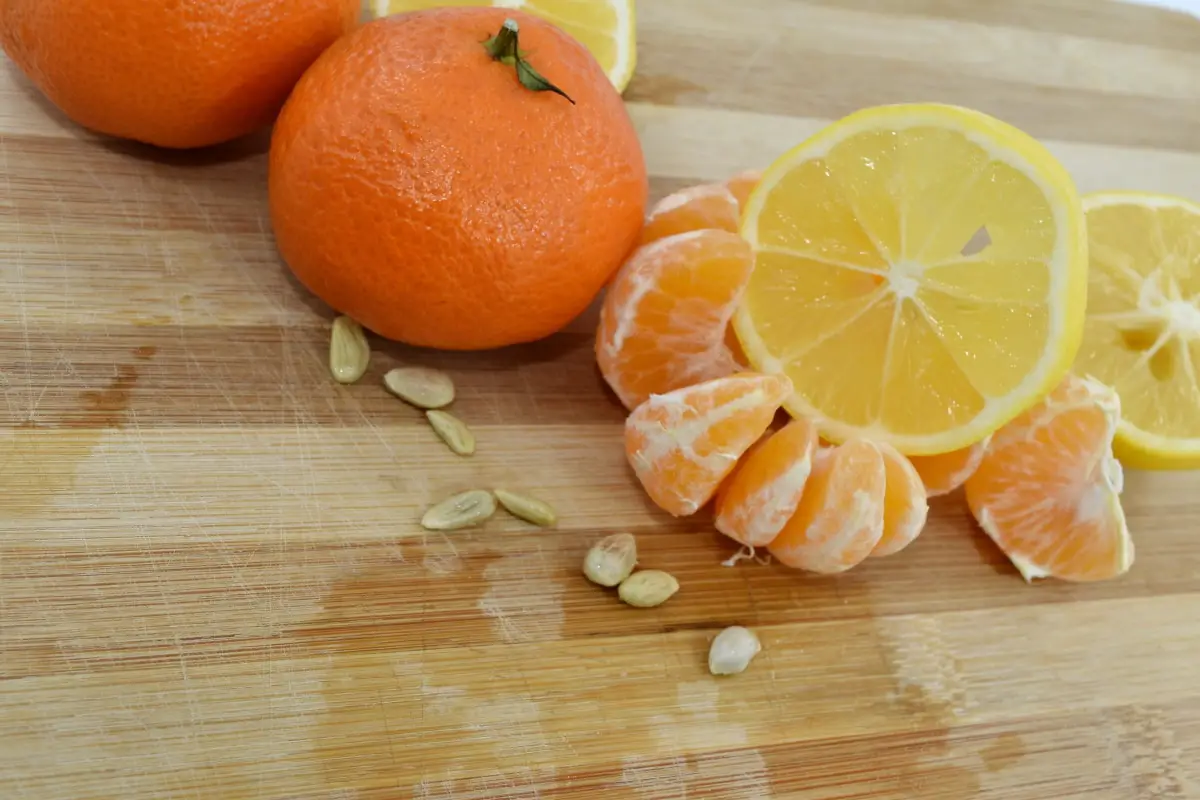

Garden Essentials
How To Plant Tangerine Seeds
Modified: March 15, 2024
Learn how to plant tangerine seeds and start your own garden today. Our step-by-step guide will help you nurture healthy and fruitful tangerine trees.
(Many of the links in this article redirect to a specific reviewed product. Your purchase of these products through affiliate links helps to generate commission for Storables.com, at no extra cost. Learn more)
Introduction
Growing your own tangerine trees from seeds can be a rewarding and enjoyable experience. Not only will you have a beautiful addition to your garden, but you’ll also have the pleasure of harvesting fresh, juicy tangerines right from your backyard. Whether you’re a seasoned gardener or a beginner, planting tangerine seeds is a simple process that can yield impressive results.
In this article, we’ll guide you through the steps of planting tangerine seeds and provide helpful tips on caring for your seedlings. By following these instructions, you’ll be well on your way to growing your own tangerine tree and enjoying the fruits of your labor.
Before we dive into the details, it’s important to note that tangerine trees are typically grown from grafted or budded plants for consistent fruit production. However, growing tangerine trees from seeds can still be a fun experiment and can potentially lead to unique varieties with interesting flavors.
So, let’s roll up our sleeves and get started on this rewarding gardening journey!
Key Takeaways:
- Planting tangerine seeds is a fun and rewarding gardening project. With patience and care, you can grow your own tangerine tree and enjoy delicious, homegrown tangerines.
- Providing proper care, including watering, sunlight, and fertilization, is essential for growing healthy tangerine seedlings. Patience is key, as it may take several years before your tree produces fruit.
Read more: How To Grow A Tangerine Tree From Seed
Step 1: Gather Supplies
Before you begin planting tangerine seeds, it’s essential to gather all the necessary supplies. Here’s a list of items that you’ll need:
- Tangerine Seeds: Start by collecting fresh tangerine seeds. You can either purchase tangerines from a local grocery store or use seeds from fruits you’ve enjoyed. Make sure the seeds are mature, plump, and free from any signs of damage or disease.
- Seed Trays or Pots: Choose a container that has drainage holes to prevent waterlogging. You can use seed trays or small pots, depending on the number of seeds you have. Ensure the containers are at least 2-3 inches deep to accommodate the seedlings’ growing roots.
- Potting Mix: Opt for a well-draining potting mix that is rich in organic matter. You can purchase a pre-made potting mix from a garden center or create your own by combining equal parts of peat moss, perlite, and vermiculite.
- Watering Can or Spray Bottle: To provide moisture to the seeds and seedlings, have a watering can or spray bottle handy. Using a spray bottle is ideal to prevent seeds from being displaced or damaged.
- Grow Lights or Sunny Spot: Tangerine seeds require ample sunlight for germination and growth. If you’re planning to grow them indoors, invest in grow lights to provide adequate light. Alternatively, find a sunny spot in your garden if you’re planting seeds outdoors.
- Plant Labels: To keep track of the different varieties or planting dates, use plant labels or popsicle sticks to label each container.
- Optional: Heat Mat: If you reside in a cooler climate, consider using a heat mat under the seed trays to provide bottom heat. This will help accelerate the germination process.
Once you have all the necessary supplies, you’re ready to move on to the next step: preparing the tangerine seeds for planting.
Step 2: Prepare the Seeds
Now that you have gathered all the supplies, it’s time to prepare the tangerine seeds for planting. Follow these steps to ensure optimal germination:
- Extract the Seeds: Begin by carefully cutting open a ripe tangerine and extracting the seeds. Gently remove any excess pulp or fruit residue from the seeds.
- Cleanse the Seeds: To prevent fungal growth or disease, thoroughly rinse the seeds under cool running water. Use your fingers to remove any remaining pulp or debris.
- Soak the Seeds: Soaking the tangerine seeds overnight can help soften the seed coat and promote germination. Fill a glass or container with room temperature water and place the seeds in it. Let them soak for 12 to 24 hours.
- Perform the Float Test: After soaking, discard any seeds that float to the top. These seeds are most likely not viable and won’t germinate successfully.
- Dry the Seeds: Once you have selected the viable seeds, pat them dry gently using a paper towel or a clean cloth. Avoid rubbing the seeds too vigorously to prevent damage.
By following these steps, you have now successfully prepared the tangerine seeds for planting. The next step is to initiate the germination process.
Step 3: Germination Process
Now that the tangerine seeds are prepared, it’s time to initiate the germination process. Follow these steps to encourage successful germination:
- Prepare the Containers: Fill the seed trays or pots with the well-draining potting mix, leaving about half an inch of space at the top. Gently press the soil to ensure it’s firm but not compacted.
- Plant the Seeds: Place the tangerine seeds on top of the potting mix in the containers. Make sure to space them out to allow room for growth. Lightly press the seeds into the soil, ensuring they are covered with a thin layer of soil.
- Provide Warmth: If you’re using a heat mat, place the seed trays on top of the mat and set it to a temperature of around 70-75°F (21-24°C). The warmth will stimulate germination.
- Moisten the Soil: Using a watering can or spray bottle, moisten the potting mix gently. Avoid overwatering, as excessively wet conditions can lead to seed rot. The soil should be damp but not waterlogged.
- Cover the Containers: To create a mini-greenhouse effect, cover the seed trays or pots with a clear plastic dome or plastic wrap. This will help retain moisture and create a warm and humid environment ideal for germination.
- Provide Adequate Light: Place the seed trays or pots in a location that receives bright, indirect light. If you’re using grow lights, position them about 6-12 inches above the containers.
- Maintain Moisture: Check the moisture level of the soil regularly and mist it with water as needed to keep it slightly damp. Avoid allowing the soil to dry out completely.
- Be Patient: Germination can take anywhere from 2-8 weeks, depending on various factors such as seed quality and environmental conditions. Be patient and resist the temptation to disturb the seeds during this period.
As the days pass, keep a close eye on the seed trays or pots for any signs of sprouting. Once the seeds have germinated and the seedlings have grown a few inches tall, it’s time to move on to the next step: transplanting the seedlings.
After removing the seeds from the tangerine, plant them in a well-draining soil mix, about 1 inch deep. Keep the soil moist and place the pot in a warm, sunny location. Germination can take several weeks.
Step 4: Transplanting the Seedlings
Once the tangerine seedlings have emerged and grown a few inches tall, it’s time to transplant them into larger containers. Follow these steps to ensure the successful transplanting of your seedlings:
- Select Suitable Containers: Choose containers that are larger and have drainage holes to accommodate the growing root system of the seedlings. It’s best to use pots that are at least 8-12 inches deep.
- Prepare the Potting Mix: Fill the new containers with a well-draining potting mix similar to what you used in the seed trays. Ensure there’s enough soil to cover the tangerine seedlings’ root balls.
- Carefully Remove Seedlings: Gently loosen the soil around the base of each tangerine seedling in the seed tray. Using your fingers or a small trowel, carefully lift the seedlings, taking care not to damage the delicate roots.
- Plant the Seedlings: Make a hole in the new container’s potting mix and gently place each seedling into the hole. Ensure the top of the root ball is level with the soil surface. Backfill the hole with soil and lightly press to secure the seedling in place.
- Water the Seedlings: Give the newly transplanted seedlings a thorough watering to settle the soil around the roots. Water until you see water draining out from the bottom of the container. Ensure the soil remains moist but not waterlogged in the following days.
- Provide Adequate Light: Place the newly transplanted seedlings in a location that receives bright, indirect light. If you were using grow lights earlier, adjust them to maintain the optimal distance from the seedlings.
- Protect from Extreme Conditions: Tangerine seedlings are sensitive to extreme temperatures and strong winds. Consider providing shade or using a protective cover during excessively hot or cold periods.
- Monitor Growth: Keep an eye on the seedlings’ growth and continue to water as needed to keep the soil evenly moist. Regularly check for any signs of pests or diseases and take appropriate action if necessary.
By following these steps, you’ll ensure that your tangerine seedlings have a smooth transition into their new containers. The hard work of nurturing them will soon pay off as you see them thrive and grow.
Read more: How To Store Tangerines
Step 5: Caring for Tangerine Seedlings
Now that your tangerine seedlings are transplanted and growing, it’s important to provide them with proper care to ensure healthy development and fruit production. Follow these tips to care for your tangerine seedlings:
- Watering: Tangerine trees prefer consistently moist soil, but overwatering can lead to root rot. Water the seedlings deeply whenever the top inch of soil feels dry. Avoid letting the soil completely dry out between waterings.
- Fertilization: Feed the seedlings with a balanced citrus fertilizer according to the package instructions. Start fertilizing about four to six weeks after transplanting and continue every six to eight weeks during the growing season.
- Sunlight: Tangerine trees thrive in full sun, so ensure they receive at least 6-8 hours of direct sunlight per day. If growing indoors, place them near a sunny window or continue using grow lights as needed.
- Temperature and Humidity: Tangerine trees prefer warm and humid conditions. Maintain an indoor temperature between 60-85°F (15-29°C) for optimal growth. Use a humidifier or mist the leaves occasionally to increase humidity.
- Pruning: Once the seedlings reach a height of about one foot, you can lightly prune them to encourage bushier growth. Remove any dead or damaged branches and pinch off the tips of the main branches to promote lateral branching.
- Pest and Disease Control: Monitor your tangerine seedlings for common citrus pests like aphids, scale insects, and mites. If you notice any signs of pests or diseases, take appropriate measures such as spraying with neem oil or using organic insecticides.
- Support: As the seedlings grow, they may require additional support to prevent them from bending or breaking under the weight of their foliage. Use stakes or trellises to provide support and guide their growth.
- Patience: Growing tangerine trees from seeds requires patience and time. It may take several years before your seedlings produce fruit. Be patient, enjoy the journey, and continue to provide proper care and maintenance.
By following these care tips, you’ll give your tangerine seedlings the best chance to flourish into healthy and productive trees. With time and care, you’ll eventually be rewarded with a bountiful harvest of delicious tangerines.
Step 6: Harvesting Tangerines
After months of care and patience, the time will come when your tangerine tree is ready to reward you with a bountiful harvest. Here’s what you need to know about harvesting tangerines:
- Timing: Tangerines are typically ready to harvest in late fall or winter, depending on the variety you’re growing. Look for signs of maturity such as the fruit’s color, size, and ease of detachment from the tree.
- Appearance: Ripe tangerines will have a vibrant orange or red-orange color, depending on the variety. The skin should feel firm but slightly soft when gently pressed. Avoid harvesting tangerines that are still green or have a predominantly green color.
- Harvesting Technique: To harvest tangerines, hold the fruit gently and twist it upwards, giving a slight tug. The tangerine should detach easily from the stem. Avoid pulling forcefully as it may damage the tree or the fruit.
- Harvesting Frequency: Tangerines do not all ripen at once, so you’ll likely have multiple harvests throughout the season. Harvest the ripe fruit as it becomes ready, leaving those that need more time to mature on the tree.
- Storage: Freshly harvested tangerines should be stored in a cool, well-ventilated place away from direct sunlight. They can be stored at room temperature for a few days or kept in the refrigerator for up to two weeks. For longer-term storage, consider freezing or canning the tangerines to enjoy their flavor throughout the year.
Remember that the quality of your harvested tangerines will depend on proper care throughout the growth process. By providing the right conditions, regular maintenance, and patience, you’ll have a delicious and rewarding harvest of homegrown tangerines to enjoy.
Conclusion
Congratulations on successfully learning how to plant tangerine seeds and grow your own tangerine tree! While it may require time, patience, and care, the experience of nurturing a seedling into a thriving tree is incredibly rewarding.
Remember, planting tangerine seeds is just the beginning of a beautiful journey. As your seedlings grow, continue to provide them with proper care, such as regular watering, sunlight, fertilization, and pest control. Prune them as needed to encourage bushier growth and support their branches as they mature.
While it may take a few years for your tangerine tree to produce a significant harvest, the wait will be well worth it. Enjoy the process and take pride in knowing that your homegrown tangerines are free from pesticides and chemicals.
As you harvest your tangerines, savor the sweet and tangy flavors, and share them with family and friends. Consider preserving some of your harvest through freezing, canning, or making delicious homemade jams and marmalades.
Don’t forget to continue learning and experimenting with different varieties of tangerines. You never know what unique flavors and characteristics you might discover. And who knows, you might develop a passion for growing other citrus fruits or expand your gardening repertoire.
So, get started today and enjoy the wonderful experience of growing your own tangerine tree. Let the joy of tending to your tree and relishing the fruits of your labor fill your senses and bring a touch of nature’s beauty to your garden or even your indoor space.
Happy gardening and may your tangerine tree thrive for years to come!
Frequently Asked Questions about How To Plant Tangerine Seeds
Was this page helpful?
At Storables.com, we guarantee accurate and reliable information. Our content, validated by Expert Board Contributors, is crafted following stringent Editorial Policies. We're committed to providing you with well-researched, expert-backed insights for all your informational needs.


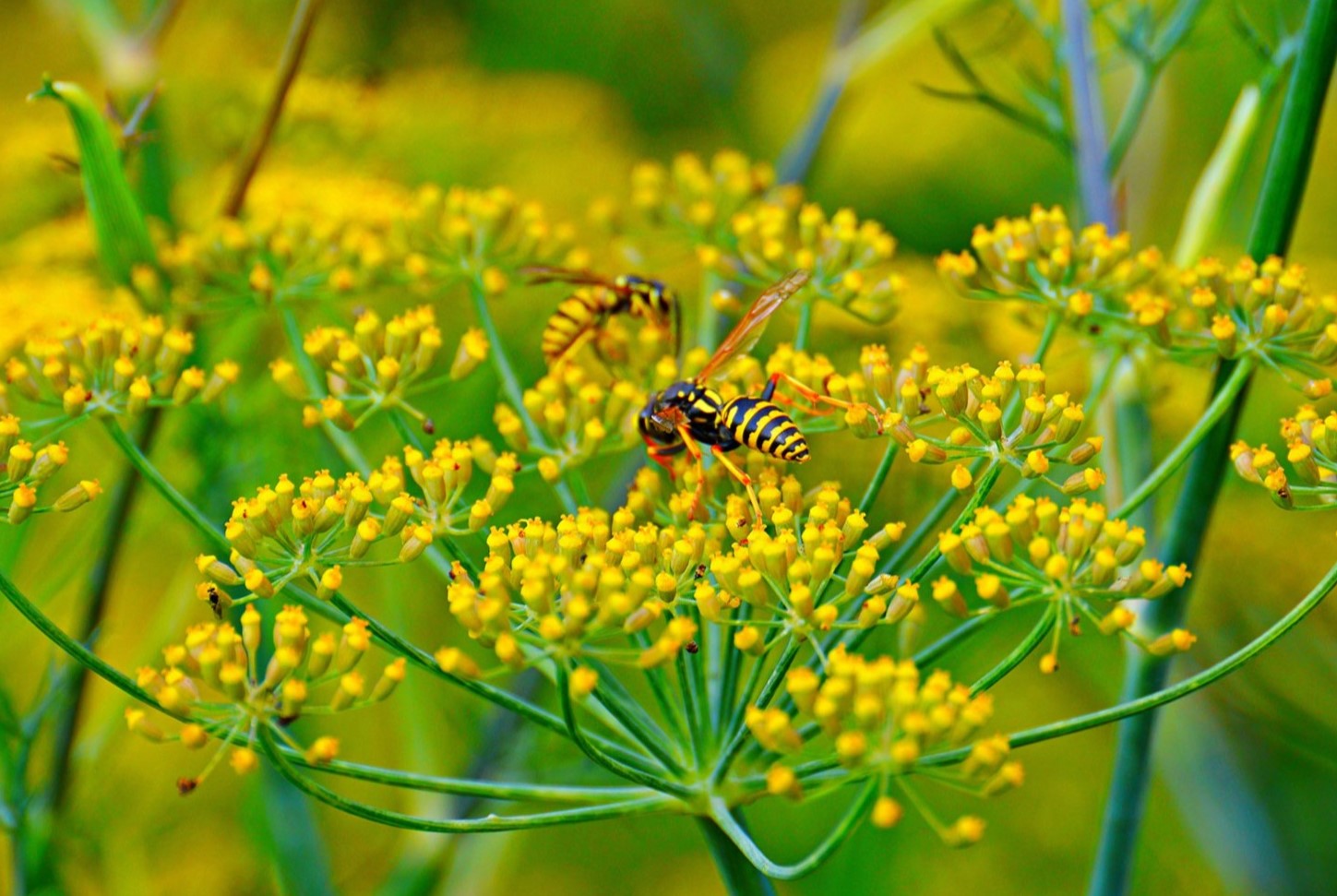

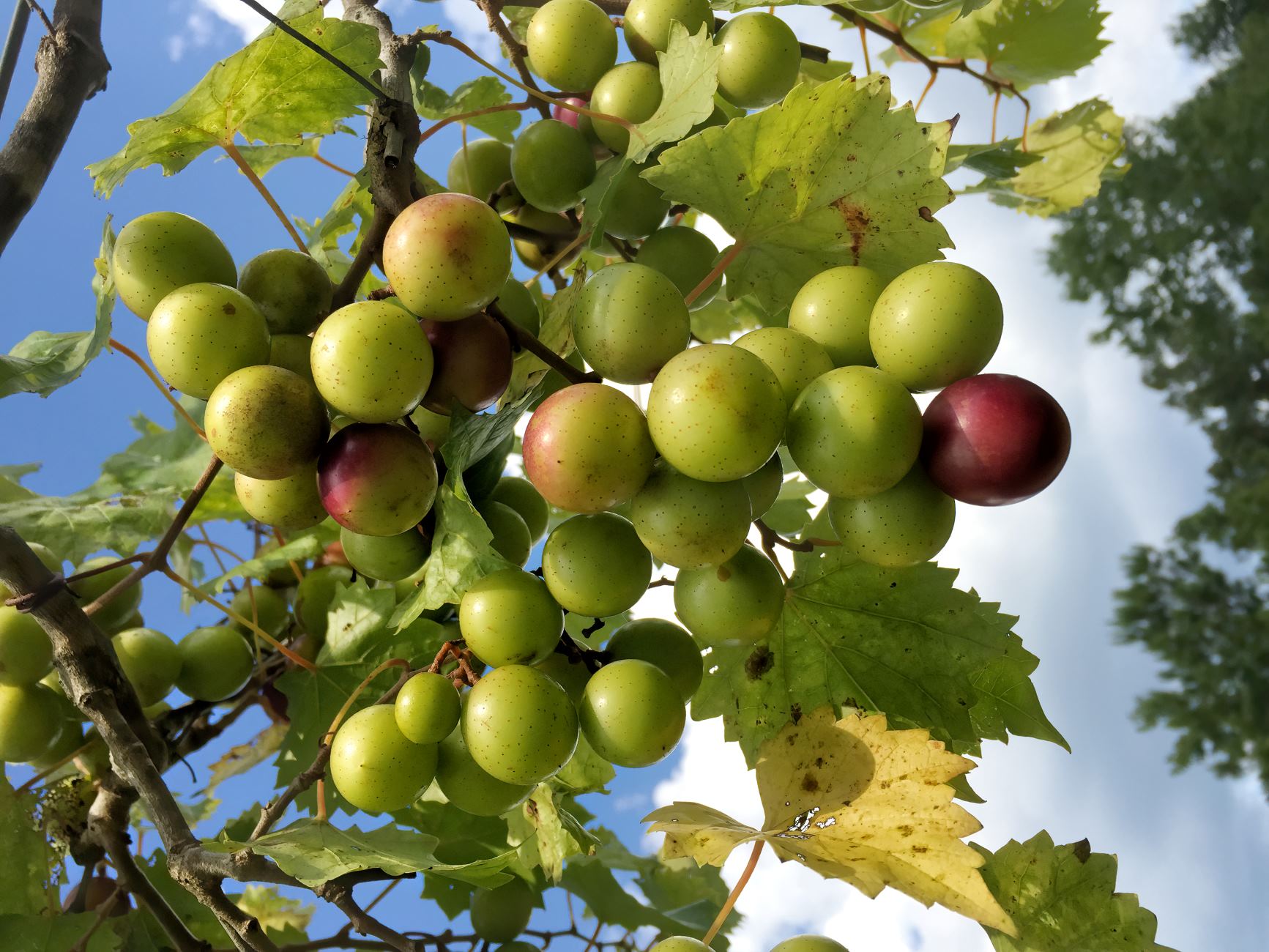
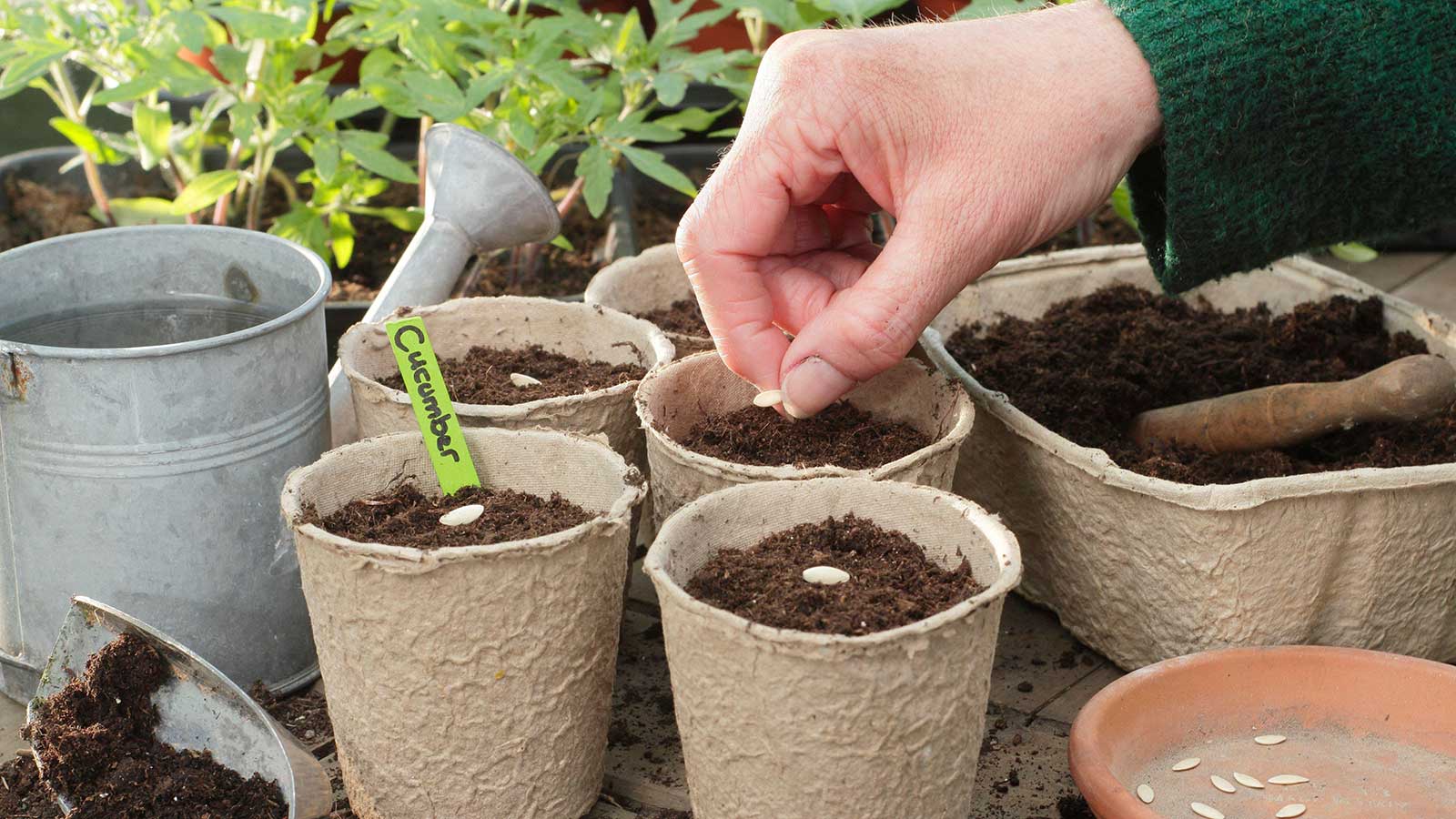
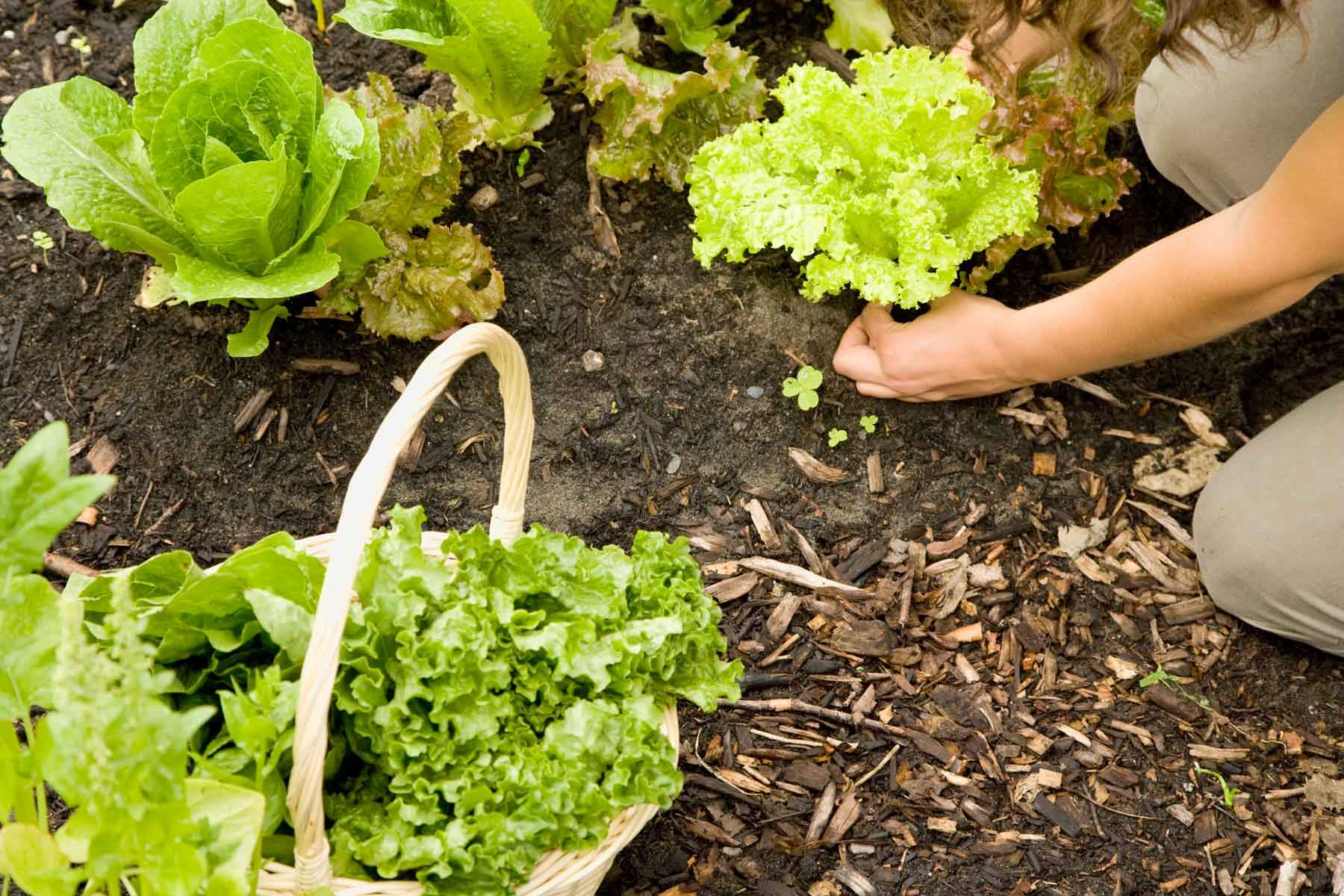
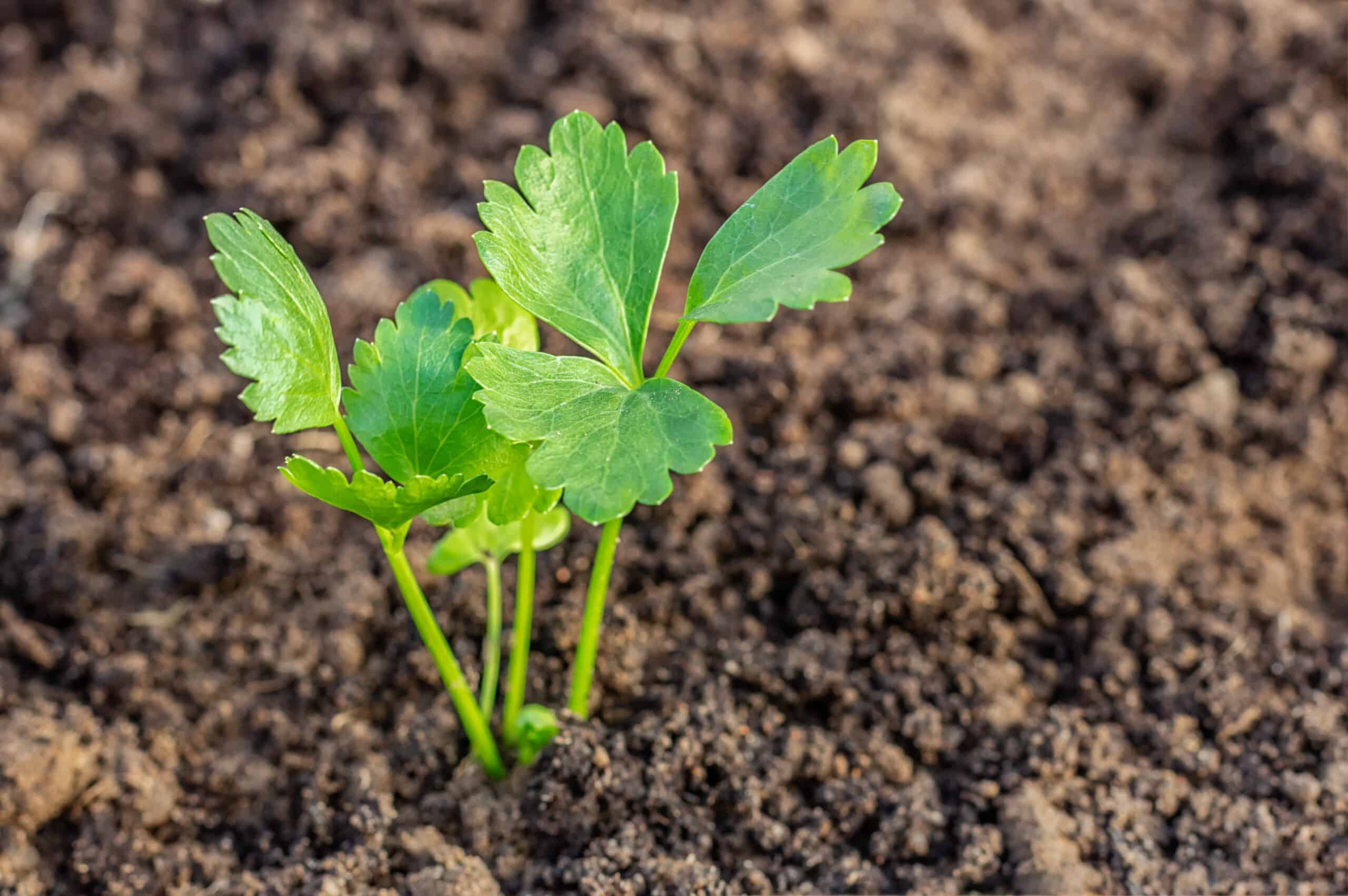
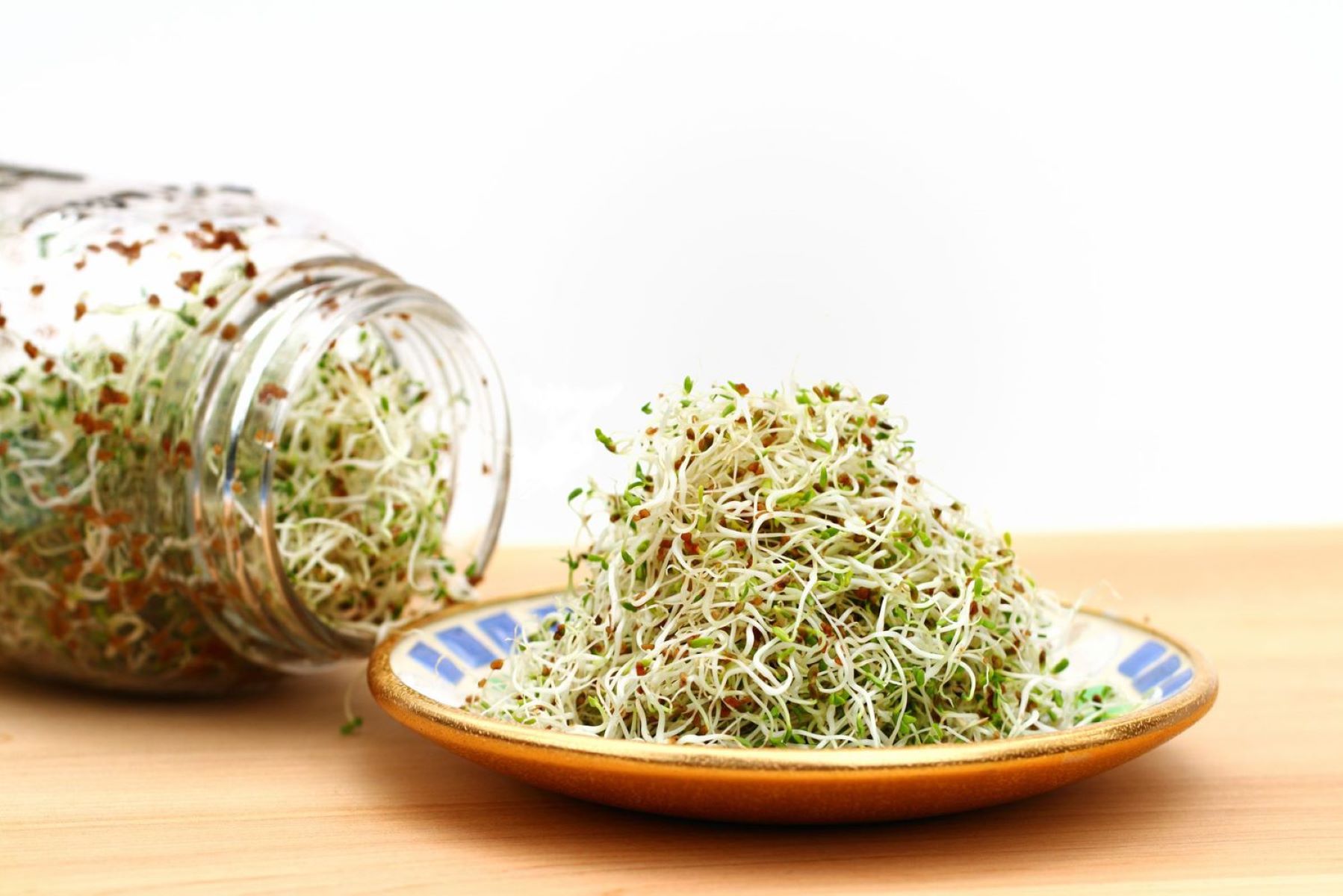
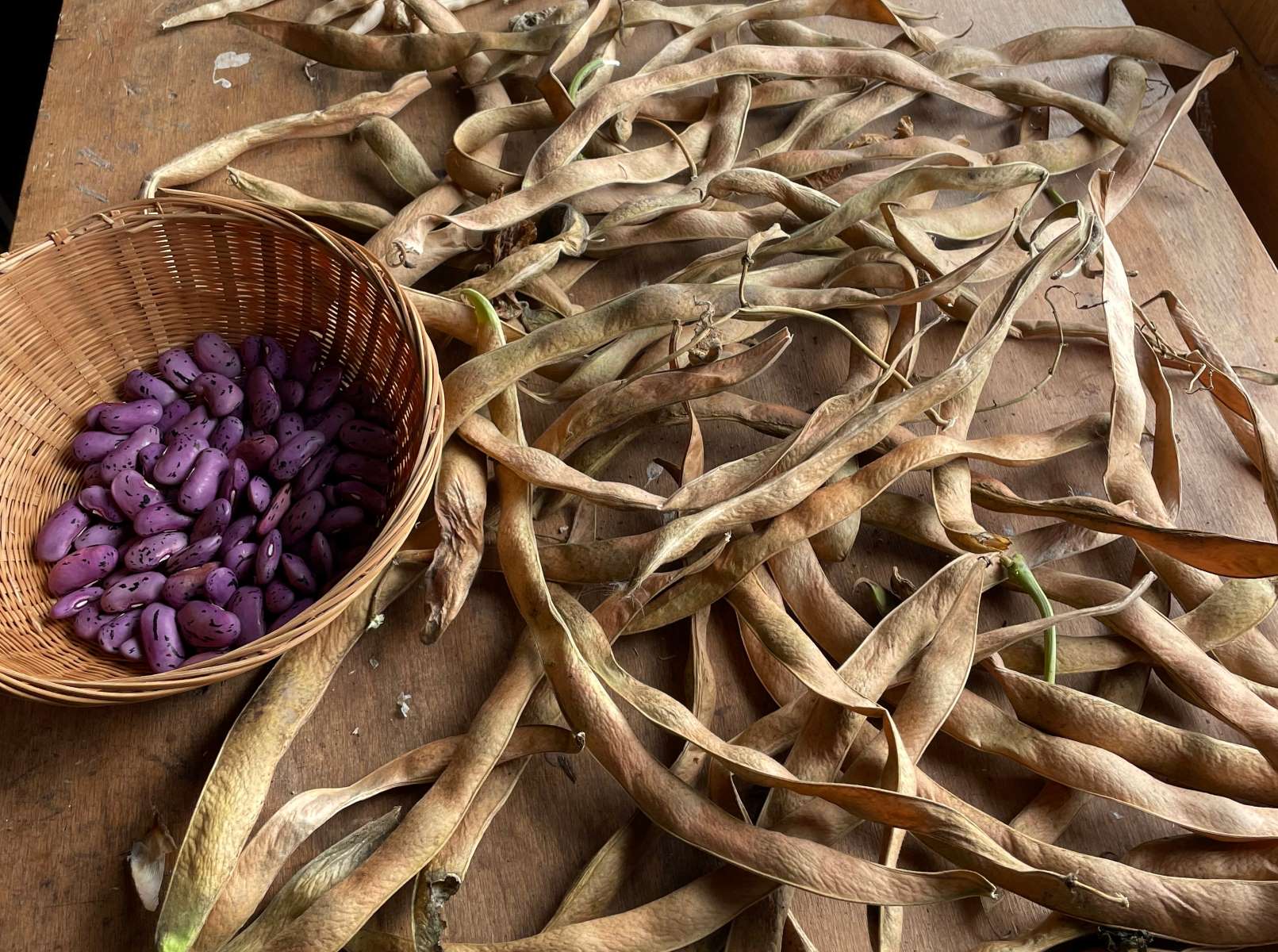
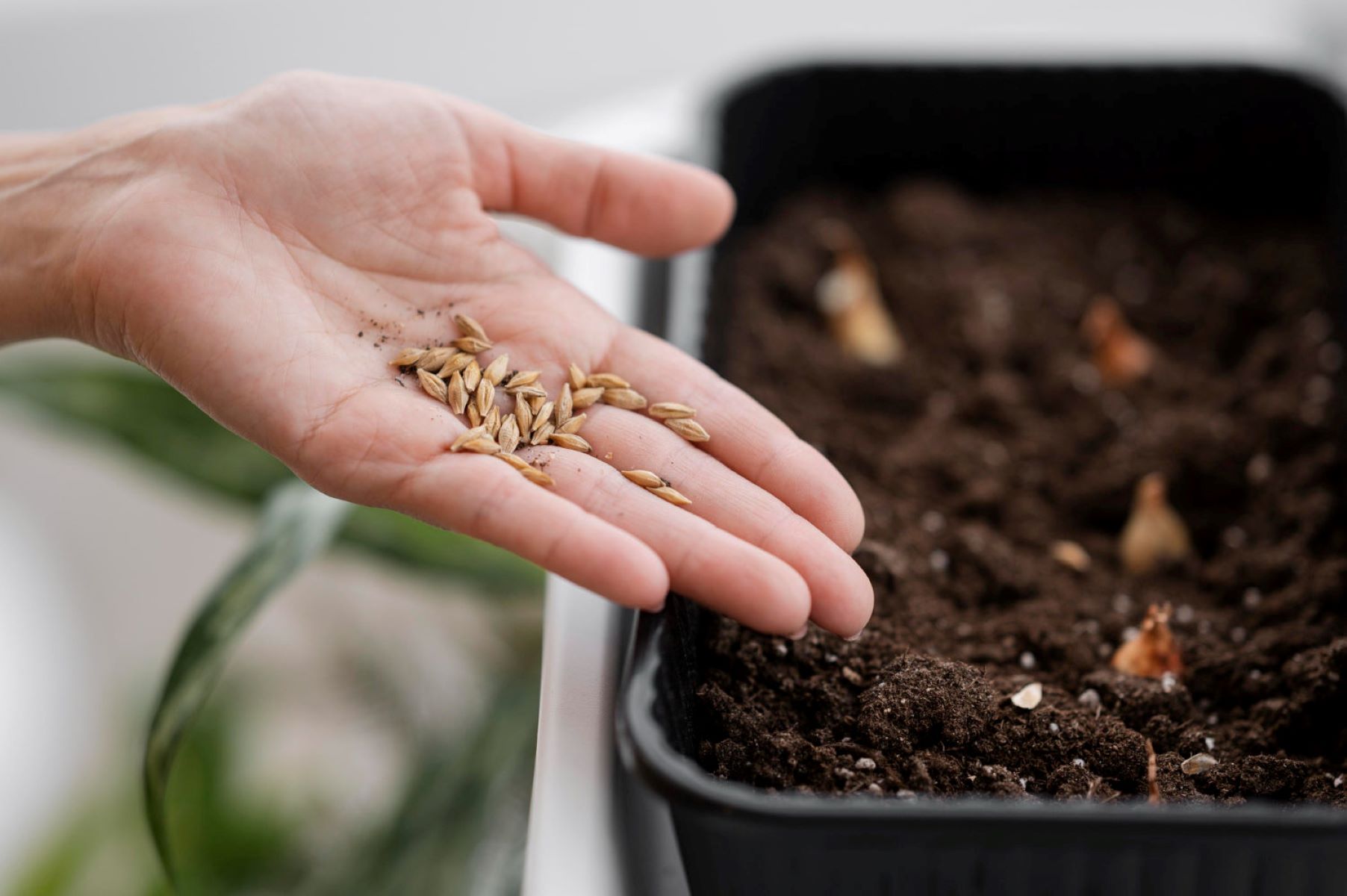
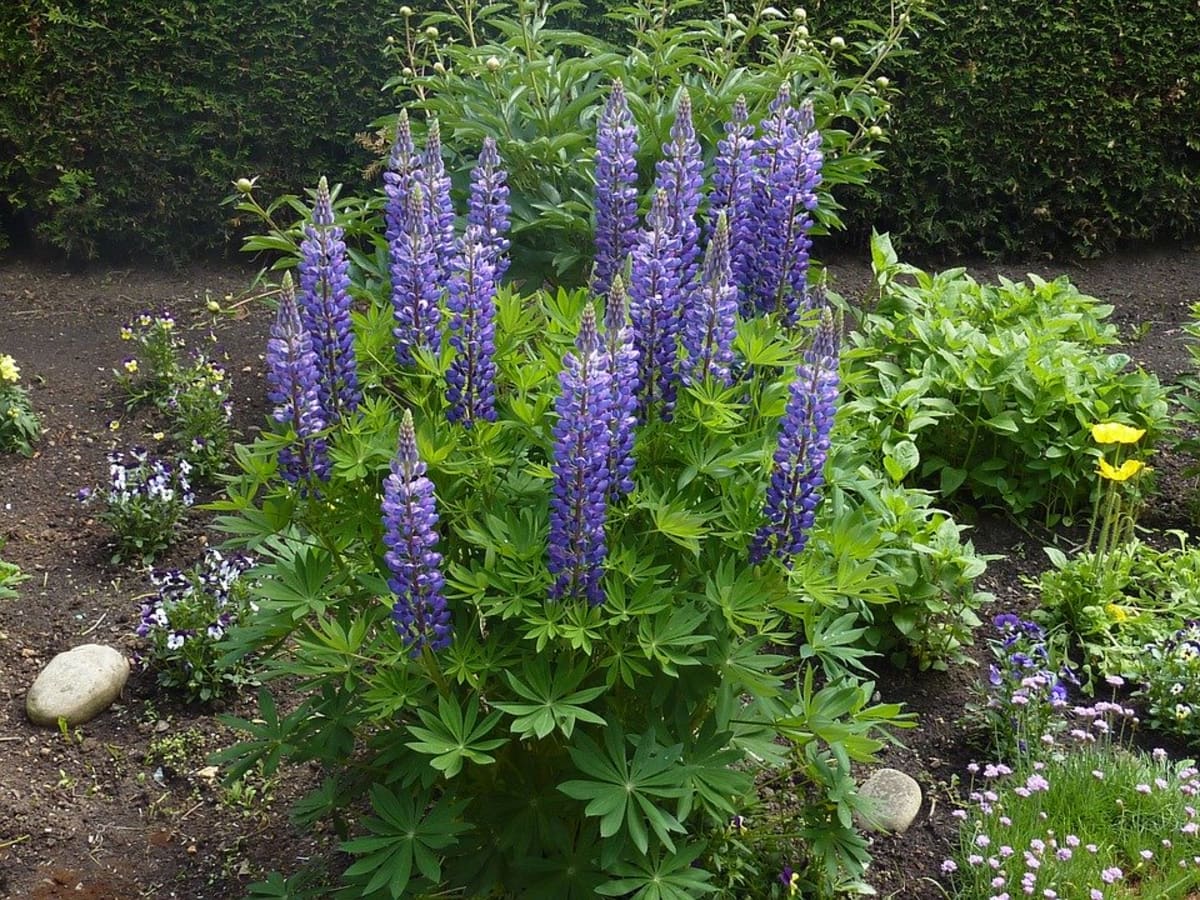

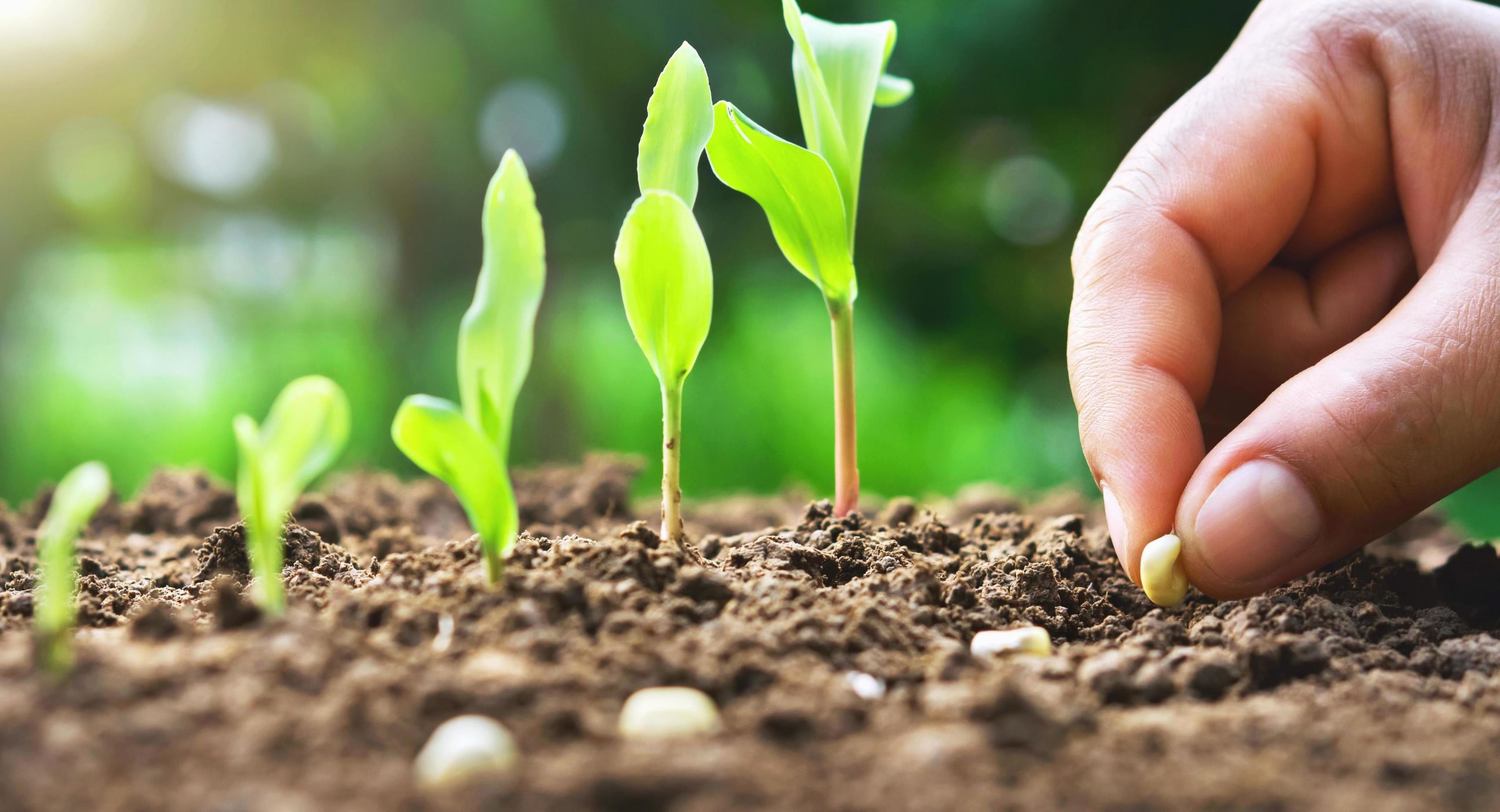

0 thoughts on “How To Plant Tangerine Seeds”